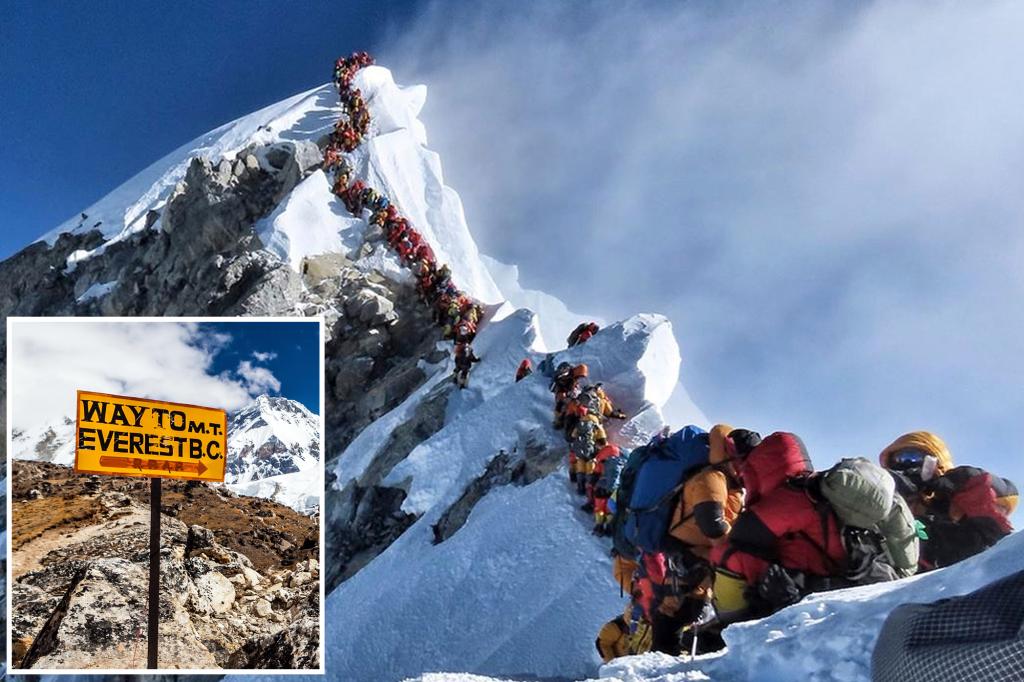Following years of concern over the amount of climbers attempting to scale Mount Everest, a sweeping change is on the horizon which will dramatically change who can step foot on the mountain in the future.
As reported by The Telegraph, a “draft of a new law” suggests Nepal will issue Everest permits only to climbers with experience and proof of scaling at least one of the other Himalayan nation’s 23,000 foot peaks in the future. As a result, it will mean those who had the cash but lacked in experience to scale the 29,000 foot mountain will no longer be allowed access.
The publication suggests that the aim of the law is simply to reduce overcrowding and improve safety overall on the world-famous peak.
Overcrowding on the mountain has been blamed for the high number of deaths recorded over the past several years in particular.
As reported by Reuters, at least 12 climbers died, and another five went missing on Everest’s slopes in 2023 when Nepal issued 478 permits. Eight climbers died last year.
The push behind the permits stems from Nepal’s heavy reliance on climbing, trekking and tourism which attracts significant foreign dollars to the region. However as a result, too many climbers try to surpass the summit and reach the peak. This ever-growing number of people on the mountain has resulted in long queues particularly snaking through the notorious ‘Death Zone’ — an area below the summit with insufficient natural oxygen for survival.
Sitting stationary (thanks to congestion) in this region has proved deadly.
In 2019, a famous image circulated of an astonishing photograph taken at the summit during May’s climbing season, showing a massive queue of climbers desperate to get to the peak.
While several factors contributed to the cluster of climbers, what worsened the situation was Nepal issuing a record number of permits for the trek on its side of the mountain. China, in comparison, caps permits on the Tibet side, which is also less popular as it’s considered less challenging.
According to Reuters, the draft law has reportedly been registered at the National Assembly — the upper house of parliament — where the ruling alliance holds a majority required to pass the bill. In addition to the permit change, it is understood the mountain guide hired to accompany climbers must also be Nepali citizens.
Despite some applauding the change, other climbing bodies suggest the 23,000 feet rule should apply to any mountain — and not just within the Himalayas.
In a statement, one international expedition operator said the law makes no sense.
“I would also add mountains that are close to 23,000 feet to that list and that are widely used as preparation, like Ama Dablam, Aconcagua, Denali and others,” said Lukas Furtenbach of Austria-based expedition organizer, Furtenbach Adventures.
Garrett Madison of the US-based Madison Mountaineering told Reuters a 21,300-foot peak anywhere in the world would be a better idea than strictly 23,000-foot peaks within the Himalayas.
“It’s too difficult to find a reasonable 23,000-foot plus peak in Nepal,” Madison said.
The proposed changes come as Nepal announced a hike in permit fee by 36 per cent, rising from $11,008 (USD) to $15,011 (USD). The increase, which was announced in January, is the first price hike for the world’s highest peak in nearly a decade.
Read the full article here


